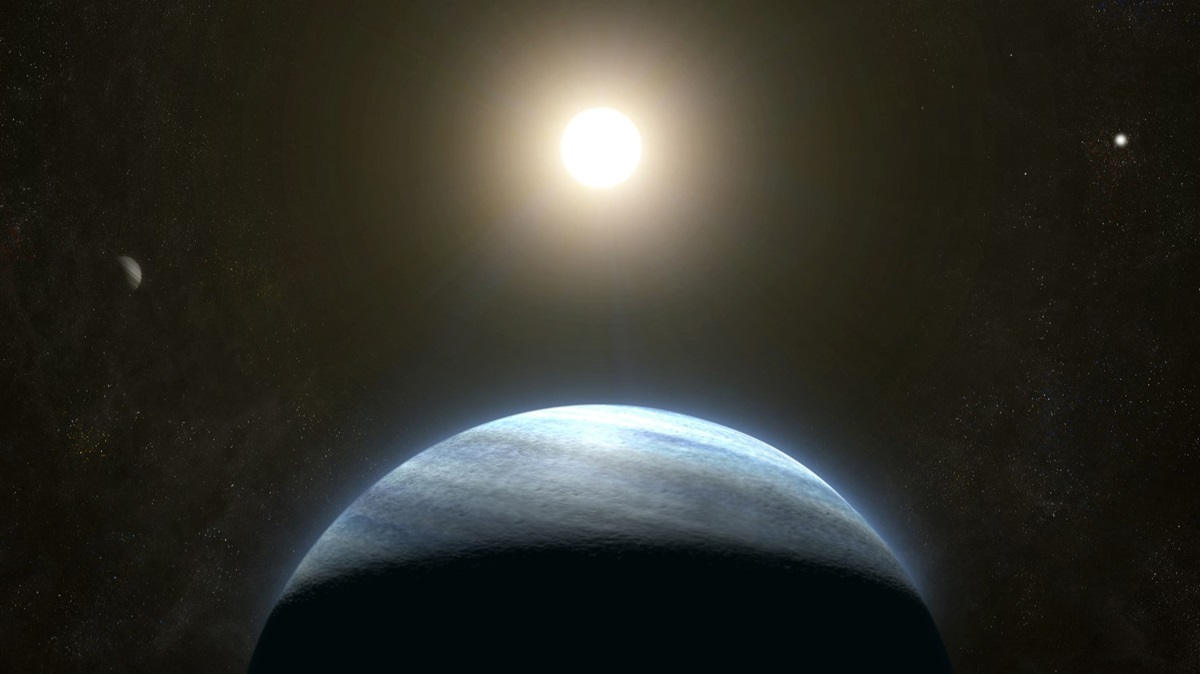
A Neptune-sized planet in a binary star system discovered by citizen scientists
A Neptune-sized planet in a binary star system has been discovered by a team of astronomers collaborating with citizen scientists. TOI 4633 c, also known as Percival, orbits around a pair of stars located around 309 light-years away from Earth. The planet was initially detected by citizen scientists reviewing data collected by NASA’s Transiting Exoplanet Survey Satellite (TESS), which caused a temporary dimming of one of its host stars’ light.
This discovery sets a new record as TOI 4633 takes an unusually long time to complete one orbit, taking 272 days. Its host star is also the brightest known in a “habitable” zone, where liquid water can exist on the planet’s surface. Researchers speculate that there may be another planet in the system that completes an orbit around the star every 34 days. These findings are detailed in a paper published in the Astrophysical Journal.
Lead author Nora Eisner, a research fellow at the Flatiron Institute’s Center for Computational Astrophysics in New York City, highlights the significance of discovering planets in multi-star systems for understanding planet formation. Citizen scientist Simon Bentzen, who has been involved with Planet Hunters TESS since 2018, expresses his excitement about contributing to this discovery and the potential insights it could offer into planetary science.
Through Planet Hunters project, TESS has engaged over 43,000 volunteers from 90 countries to assist in cataloging about 25 million objects. Upon receiving reports from 15 citizen scientists flagging a possible new planet, Eisner’s team conducted follow-up studies that confirmed TOI 4633’s existence. This discovery opens up possibilities for further exploration and research into potential moons with solid surfaces that could be conducive to finding water.
In summary, TOI 4633 c is an exciting discovery due to its unique orbit and its location within a “habitable” zone around one of its host stars. This discovery sets new records and opens up possibilities for future exploration into planetary science and moons with solid surfaces that could be conducive to finding water.

